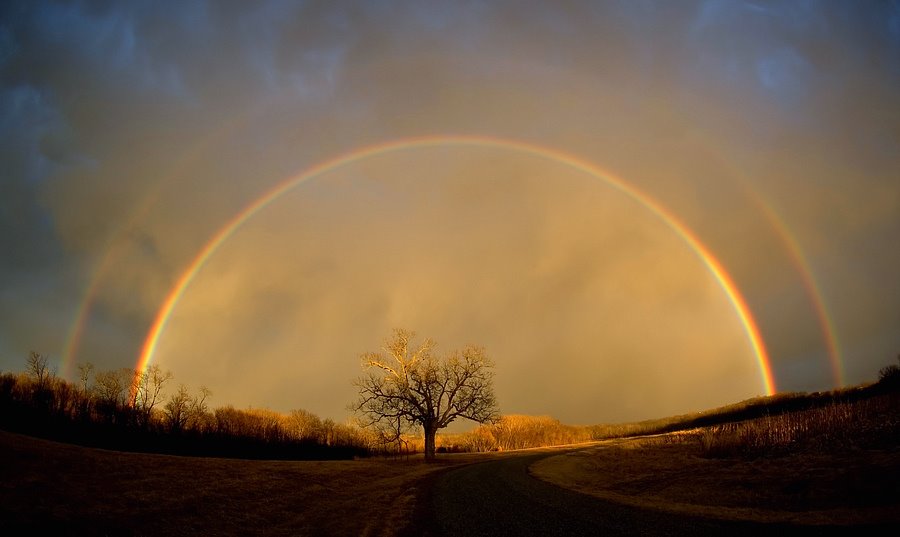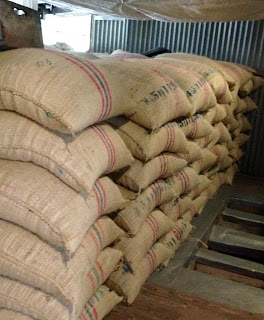Colombia- Cartagena, Santa Marta, Minca, Los Naranjos-2017
The birds call and roosters cock-a-doodle-do piercing the quiet of early morning. Another day unfolds. Women move into the kitchens, brewing coffee and starting breakfast. Sidewalks are swept of leaves and the prior day’s detritus and beaches are raked clean. The business of commerce and of building roads, housing, fixing the never ending list of things that break down and need replacement or repair, cleaning, washing, dressing the kids in their uniforms for school, families readying for the day, begins. Colombians, a busy, friendly people, move at the pace this equatorial climate demands, slow and methodical.
 |
 Tourists like us wake up slowly. The long day awaits to be filled with our diversions: sightseeing, lazing around in hammocks, on beach chairs, in restaurants, and under shaded porticos, hiking to sights up the beach or on a dusty jungle road where the next sight awaits to be captured in our memory. Our photos yield colorful sunsets, beaches awash in translucent waves, friendly faces, monuments, churches, prehistoric and contemporary art in museums and in the streets, birds, abundant tropical plants, coffee plantations, waterfalls tumbling down clear, jungle streams, offering cool waters to rinse the dust of the road off.
Tourists like us wake up slowly. The long day awaits to be filled with our diversions: sightseeing, lazing around in hammocks, on beach chairs, in restaurants, and under shaded porticos, hiking to sights up the beach or on a dusty jungle road where the next sight awaits to be captured in our memory. Our photos yield colorful sunsets, beaches awash in translucent waves, friendly faces, monuments, churches, prehistoric and contemporary art in museums and in the streets, birds, abundant tropical plants, coffee plantations, waterfalls tumbling down clear, jungle streams, offering cool waters to rinse the dust of the road off.
The sun reaches its zenith, baking the earth, until most withdraw after lunch to find respite in a siesta. Colombia temperatures are about the same year around from 85-90 degrees. We were here in the dry season before the April rains and it was very dry, dusty and hot.
Gold- God, greed and glory were the drivers that brought the Spanish to these shores. The search for gold, and a monarchical desire to expand dominion were the dominant goals. The missionary zeal to save souls and convert the heathens to Catholicism, the one true faith, blessed the conquest. Colonial interests in Spain soon vied with France, England, the Netherlands for first come-first dominion of these new lands in the misnomered “Indies.” The Spanish were the conquistadors here and almost everywhere in South America.
They brought their Catholic religion to those Indios left after the ravages of the diseases they transported into these lands, the indigenous people having no immunity. The majority of the natives were wiped out and those that survived were enslaved to toil for their conquerors. Gold that had served as status adornments, reflecting the art and beauty of the Indios was melted down into Spanish doubloons and sent back to fill the royal coffers of the Queen in Spain.
 |
| The culture of an indigenous people who had survived centuries was wiped out in less than 50-100 years. |
The scourge of civilization had arrived. Santa Marta, where we spent two weeks in the surrounding environs, is the oldest continuously occupied European settlement in all of South America, a port from which the Spanish came and went and conquered their Caribbean dominion and from here moved inland.
Spanish Fort at Cartagena
Ahh…for the love of God! So churches were built with slave labor, Indians subdued, fortifications from pirates planned and erected to defend the colonial homeland from usurpers and protect the spoils of their conquest.
The many indigenous Indians were ‘subdued.’ The business of converting the Indios grew.
The coastal Tayrona Indians now have a National Park set aside on their homelands. Typically they open up it to campers and tourists who wish to Explore the beach and jungle here. Originally this had been our reason to visit this part of Colombia, but we arrived to find that it was closed for one month for spiritual cleansing. So we went with the flow and enjoyed the adjacent beach and jungle outside the Park. They deserve to make their own rules on their lands. So we bowed to their wishes ( really no choice), small consolation for them in the grand scheme of things.
A bit of a pirate reenactment here…think stealing Spanish plunder.
We beached it at a rather high-end resort for three nights feeling decadent even though the price was equivalent to a Holiday Inn in the States.
The path to the beach was a 5-minute walk through a jungle of fruit-banana, lime, pineapple, mango, papaya and avocado, as well as heliconia and lovely tropical flowers.
Villa Maria-our hotel in Los Naranjos near the beach.
Then it was time to move inland. We headed to the selva-jungle outside of Santa Marta higher up in the mountains, where the temperatures dropped 10+ degrees and the bird life increased a hundred fold. Minca a small little tourist oasis offered a few nights in a former convent at Hotel Colonial Minca which had 8 rooms. Having originally been assigned a cell, when the key did not work, we luckily were reassigned.



The hammocks and the “cell.”
 |
| Coffee grows wild on the slopes. One can see how Juan Valdez and his burro are the best way to pick it. |

We ended up in what must have been Mother Superior’s room, spacious with a small refrigerator and with such luxury, felt quite comfortable. The peaceful countryside was punctuated with the jar of buzzsaw and hammering as the Hotel Colonial Minca was expanding during the day. We were forced to get up and out during the day and take our siesta in the hammock to the banging of nails into bamboo for the new palapa roof. Expanding for tourism. Our taxi driver returned from Santa Marta up the steep, winding road to pick us up two days later, as promised. We asked the driver who came from Santa Marta to pick us up for our return, if there were plans to continue paving the road farther on. He noted they were soon to pave the road farther up to the top of the mountain. His experience was that tourism would move on with the pavement to the top of the mountain overlooking Santa Marta. Lo, the Convent would not be as enticing to tourists, even without buzz saws and hammers.
We took a walk for about 1.5 hours uphill and 1.5 hours back to the Sierra Nevada Cerveceria and La Victoria Coffee plantation tucked up in the hills. It was a long, hot, dusty hike up the road. The jungle along the road is covered in dust. This going concern was the excuse for hikers, motorcyclists and 4x4s to find a destination with coffee freshly picked and processed, or the local Sierra Nevada brew, freshly made. I enjoyed coffee at the La Victoria facility and the Happy Toucan brew later in Santa Marta.
 |
| Bamboo forest grows tall |
 |
| Oro- White Coffee Beans at La Victoria Coffee Plantation |
The plantation also is the center of the Sierra Nevada brewery. The Happy Tucan and the Happy Jaguar are two of their four brews. This little hut is where the beers are brewed and sent to Santa Marta about 30 miles away.
A Sierra Nevada stream flows through the brewery.


Pozo Azul- a cascading stream and waterfall, is a tourist attraction. Twelve tourist buses were parked there on our way up the mountain to La Victoria. We stopped on our return when they were all gone in the afternoon and had it virtually to ourselves.
We ended our walk back with a walk down the canyon to the river that supplies the water for the Sierra Nevada beer and all the residents of the area. A cool dip as refreshing as the beer.
Back down to Santa Marta, preparations are being made for Carnival, at the start of Lent. What a commercial scene.
Rob was considering this “charming ensemble.” But, alas, we will miss Carnival, Fat Tuesday and the week’s celebration that follows as we return home on Saturday.
So we have one last night in Santa Marta before returning to Cartagena and then home. I will close with some photos of the beautiful Colombian people, just living life.
 |
| Tinto, a sweetened coffee, sold on the streets. |
 |
| Watch repairman works from a street cart. |
 |
| My favorite- the tuna bicyclist! |


 |
| Lovely ladies of Cartagena |
 |
| Street Rappers in Cartagena. |
 |
| Boca Grande- modern Cartagena in the distance behind a beach-side soccer field. |
 |
| Family living in a hut on the beach selling bebidas-drinks. |


Street vendors everywhere selling fresh fruit. Watermelon, mango, papaya, tangerines, limes.
Zaguans are doorways of haciendas built for protection
and high enough to ride a horse into.
As this was only the Northeastern Carribean coast of Colombia that we visited in two weeks, we will have to return.
Beautiful old hacienda doors –zaguan- in Cartagena’s Historical Center.
 |
| Fruit vendor- dressed for tourists in Cartagena. |
 |
| Leo Uribe- Our Air BnB host in Cartagena |
Zaguans are doorways of haciendas built for protection
and high enough to ride a horse into.
Beautiful old hacienda doors –zaguan- in Cartagena’s Historical Center.
















































No comments:
Post a Comment